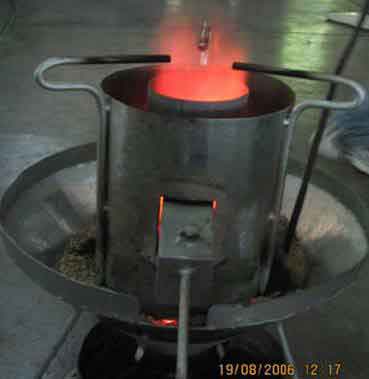Commercialisation of Improved Biomass Fuels and Cooking Devices in India: Scale Up Project
Indoor Air Pollution (IAP) is a major health threat for women and children under 5 in the developing world. According to World Health Organisation, annually, 500,000 women and children in rural India die prematurely due to diseases linked to long term exposure to IAP. A major cause of IAP is smoke in the rural kitchens, due to use of traditional biofuels (firewood, agrowaste, dungcakes, etc.) in traditional cookstoves. Economic constraints of rural households and poor distribution network of modern fossil fuels such as kerosene and LPG, result into the rural households continuing to depend on locally available and free-of-cost or cheap biofuels. Therefore, a more practical solution is to develop and disseminate biofueled clean cooking devices.
Plan of Action
Based on the lessons learnt from the pilot project, the scale up project aims to reach out to about 15,00,000 rural households in Maharashtra and around 50,000 rural households in Gujarat. It is envisaged that this project will successfully establish sustainable business chains for supplying the clean biomass energy cooking products the rural population in Maharashtra and Gujarat states. This will be achieved through active participation of rural entrepreneurs, Self Help Groups (SHGs) and Non-Government Organisations (NGOs). ARTI, with its long standing experience in development and dissemination of rural technologies, will drive the synergetic working between the various NGOs and entrepreneurs.





